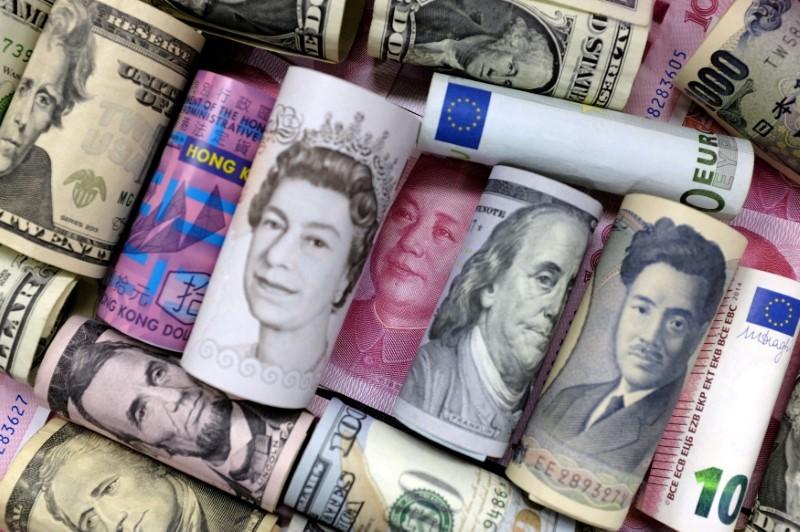Foreign holdings of U.S. debt climbed to an all-time high in May, even as China and Japan, the world’s two largest holders of Treasurys, bucked the trend and reduced their exposure to government bonds.
New Treasury International Capital System data on July 18 showed that foreign holdings of U.S. Treasurys increased to a record $8.129 trillion, from an upwardly revised $8.04 trillion in April.





